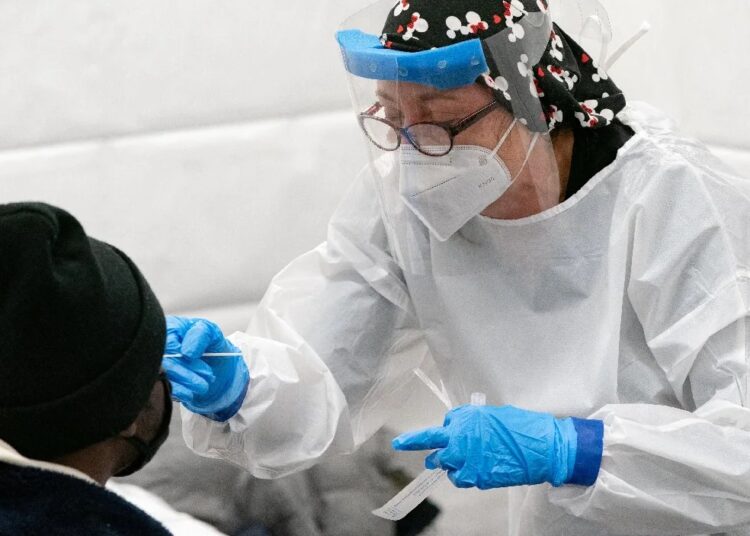WASHINGTON – The coronavirus mutant widely known as “stealth omicron” is now causing more than a third of new omicron cases around the world, but scientists still don’t know how it could affect the future of the pandemic.
Researchers are slowly revealing clues about the strain, a descendant of omicron known as BA.2, while warily watching it become ever more prevalent.
“We´re all keeping an eye on BA.2 just because it has done particularly well in some parts of the world,” including parts of Asia, Africa and Europe, said Dr. Wesley Long, a pathologist at Houston Methodist in Texas, according to AP.
This week, a technical advisory group for the World Health Organization advised public health authorities to monitor it as a distinct omicron strain.
Early research suggests it spreads faster than the original omicron and in rare cases can sicken people even if they’ve already had an omicron infection. There´s mixed research on whether it causes more severe disease, but vaccines appear just as effective against it.
Overall cases are falling in some places where the variant is becoming more prevalent, offering some hope that the latest troubling version of the virus won’t send cases skyrocketing again as experts try to learn more.
BA.2 has been found in more than 80 countries and all 50 US states.
In a recent report, the WHO said BA.2 was dominant in 18 countries and it represented about 36% of sequenced omicron cases submitted in the most recent week to a publicly available international database where scientists share coronavirus data. That’s up from 19% two weeks earlier.
In the United States, BA.2 caused about 4% of COVID cases during the week ending Feb. 19, according to the Centers for Disease Control and Prevention. The percentage was lower in some regions and higher in others – hitting about 7% in New England.






Discussion about this post